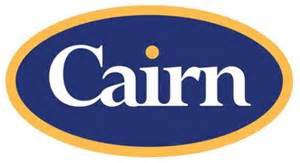 Cairn together with its joint venture partners is pleased to announce that the FAN-1 exploration well, offshore Senegal, has discovered oil.
Cairn together with its joint venture partners is pleased to announce that the FAN-1 exploration well, offshore Senegal, has discovered oil.
The well, located in 1,427 meters (m) water depth and approximately 100 kilometers offshore in the Sangomar Deep block, has reached a Target Depth (TD) of 4,927 m and was targeting multiple stacked deepwater fans.
Preliminary analysis indicates:
• 29m of net oil bearing reservoir in Cretaceous sandstones
• No water contact was encountered in a gross oil bearing interval of more than
500m
• Distinct oils types ranging from 28° API up to 41° API indicated so far from
number of oil samples recovered to surface
• Initial gross STOIIP estimates for the FAN-1 well range from P90, 250 mmbbls,
P50, 950 mmbbls to P10, 2,500 mmbbls and are broadly in line with pre-drill
STOIIP estimates
As stated prior to the commencement of operations there are no plans for immediate well testing. Further evaluation will now be required to calibrate the well with the existing 3D seismic in order to determine future plans and optimal follow up locations to determine the extent of the discovered resource.
Once operations are completed on the FAN-1 well, the rig will move to complete the second well, SNE-1 where the top hole has been drilled pending re-entry.
This Shelf Edge Prospect targeting a dual objective in 1,100m water depth is in the Sangomar Deep block.
The FAN-1 well was drilled using the semi-submersible drilling unit "Cajun Express". It is the third well in Cairn's North West Africa program and first in Senegal.
Cairn has a 40% Working Interest (WI) in three blocks offshore Senegal (Sangomar Deep, Sangomar Offshore and Rusifique) ConocoPhillips has 35% WI, FAR Ltd 15% WI and Petrosen, the national oil company of Senegal 10% WI. The three blocks cover 7,490 km2.
Simon Thomson CEO Cairn Energy PLC said;
"The oil discovered in the FAN-1 prospect is an important event for Senegal and the Joint Venture.
We have encountered a very substantial oil bearing interval which may have significant potential as a standalone discovery. Furthermore, this result materially upgrades the prospectivity of the block with a proven petroleum system and a number of deep fan and shelf prospects established.
Work is already underway with the Joint Venture partners to determine follow up activity which is targeted for 2015 onwards.
Cairn looks forward to working with the Government of Senegal and our partners to realize the full potential from this large acreage position off the West coast of Senegal."


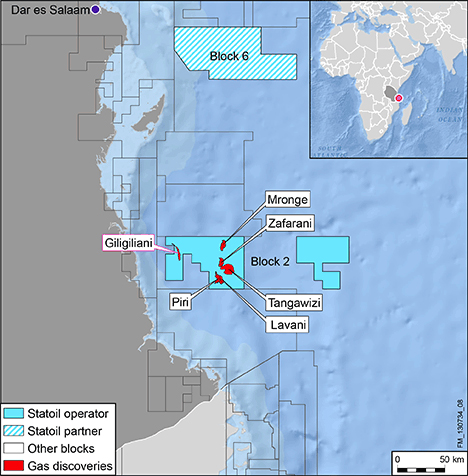 Statoil
Statoil 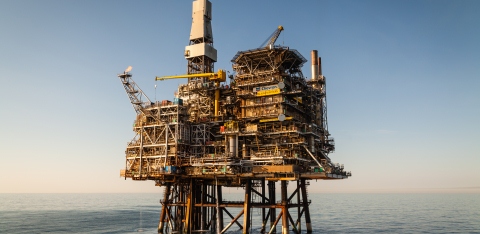 Alba Northern Platform (photograph courtesy of Chevron North Sea Limited)
Alba Northern Platform (photograph courtesy of Chevron North Sea Limited)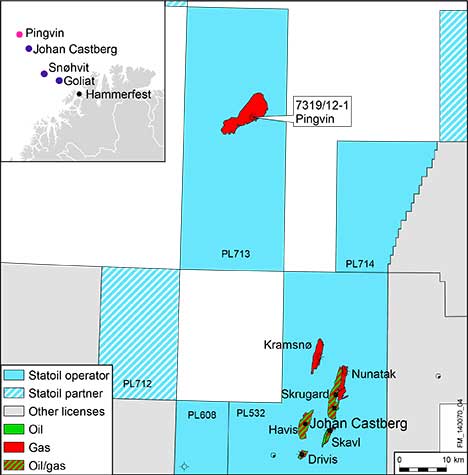 The discovery well 7319/12-1, drilled by the drilling rig Transocean Spitsbergen, proved a 15-meter gas column in the well path. Statoil estimates the volumes in Pingvin to be in the range of 30-120 million barrels of recoverable oil equivalent. The discovery is currently assessed as non-commercial.
The discovery well 7319/12-1, drilled by the drilling rig Transocean Spitsbergen, proved a 15-meter gas column in the well path. Statoil estimates the volumes in Pingvin to be in the range of 30-120 million barrels of recoverable oil equivalent. The discovery is currently assessed as non-commercial.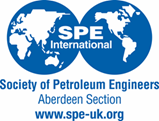
 Leading oil and gas experts are lined up to present at the 20th
Leading oil and gas experts are lined up to present at the 20th 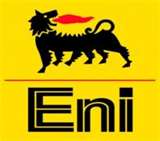 Eni's
Eni's 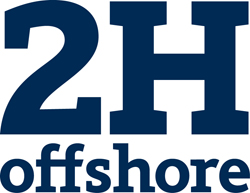 2H Offshore,
2H Offshore,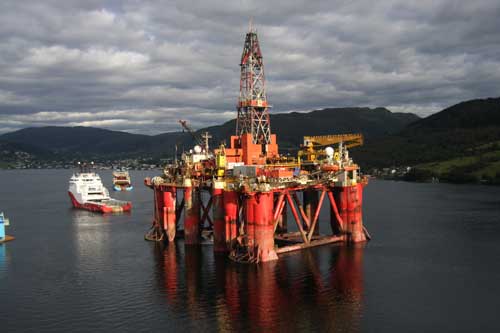 Songa Dee (photo)
Songa Dee (photo)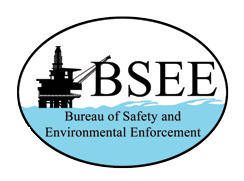 The Bureau of Safety and Environmental Enforcement (BSEE) published an Advanced Notice of Proposed Rulemaking today in the Federal Register Reading Room soliciting public comments on improving the safety of helideck and aviation fuel operations on fixed offshore facilities. This notice is the most recent step in BSEE's continued efforts to strengthen safety on the Outer Continental Shelf (OCS).
The Bureau of Safety and Environmental Enforcement (BSEE) published an Advanced Notice of Proposed Rulemaking today in the Federal Register Reading Room soliciting public comments on improving the safety of helideck and aviation fuel operations on fixed offshore facilities. This notice is the most recent step in BSEE's continued efforts to strengthen safety on the Outer Continental Shelf (OCS).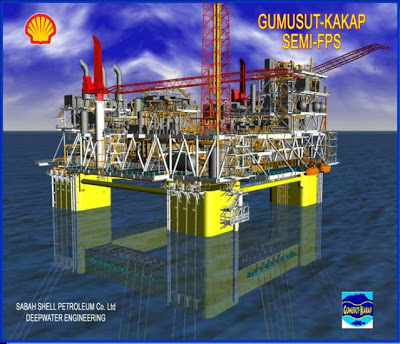
 Claxton, an Acteon company, has released an
Claxton, an Acteon company, has released an 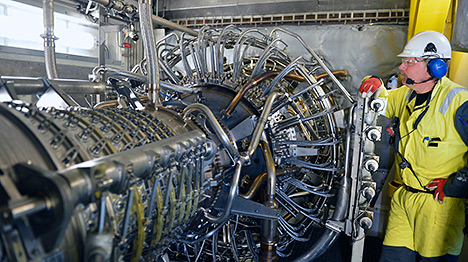 The compressor will help boost recovery rate and accelerate production on the Kvitebjørn field. (Photos: Harald Pettersen)
The compressor will help boost recovery rate and accelerate production on the Kvitebjørn field. (Photos: Harald Pettersen)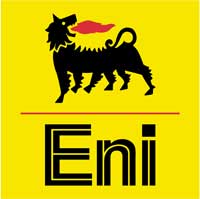

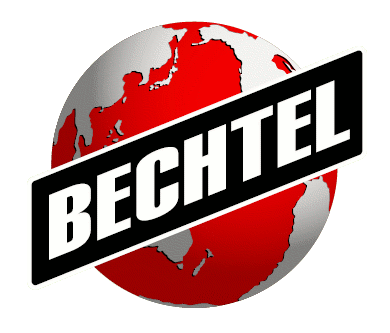 Bechtel
Bechtel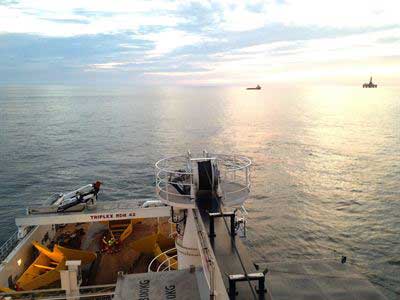 Global energy company Repsol has selected
Global energy company Repsol has selected 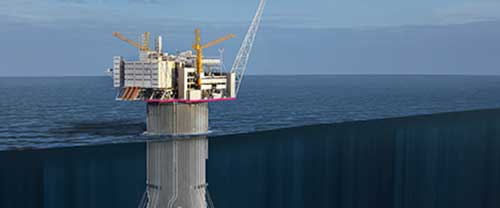 Illustration: The Aasta Hansteen platform will be the largest SPAR platform in the world. (Illustration: GeoGraphic / Statoil)
Illustration: The Aasta Hansteen platform will be the largest SPAR platform in the world. (Illustration: GeoGraphic / Statoil)